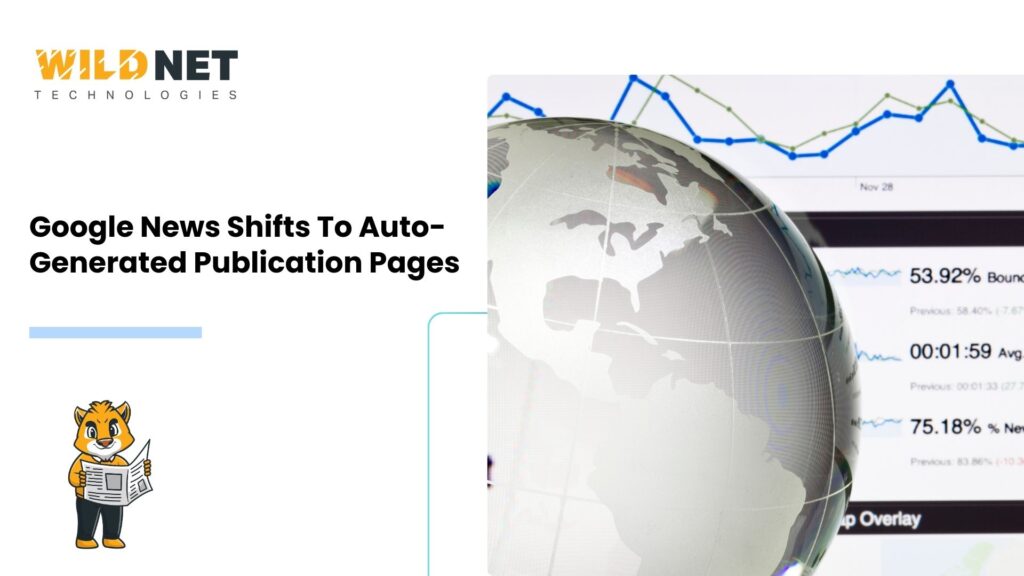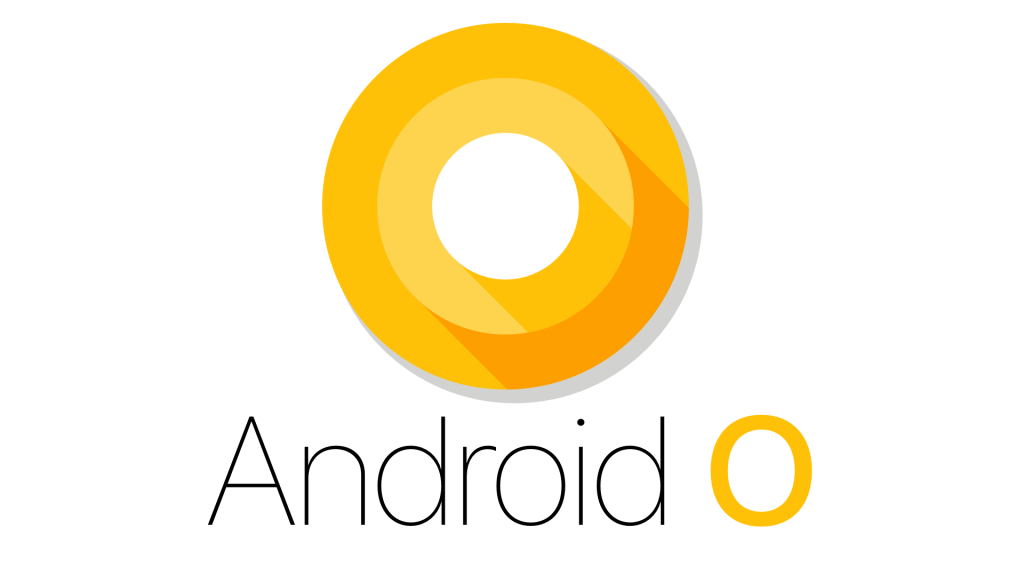Google News has been a vital source for delivering up-to-date stories to millions, but a significant policy shift is about to change its landscape. As of March 31, 2025, Google announced it will begin filtering out certain publications that rely heavily on auto-generated content—articles produced primarily by AI or automated scripts with minimal human involvement. This update, detailed in an email sent to Google News publishers, takes effect on April 1, 2025. It signals that Google prioritizes quality over quantity in its news aggregation platform. In this blog, we’ll break down what this change involves, why it’s happening, how it affects publishers, and what steps can be taken to adapt to this stricter standard.
What Does Auto-Generated Content Mean?
In the context of this Google News Shifts To Auto-Generated Publication Pages, update, auto-generated content refers to articles primarily created by automated systems—like AI tools, bots, or data-scraping programs—without substantial human input. Think of a website churning hourly posts like “Houston Weather Update: April 1” by pulling raw data and plugging it into a template. These pieces often lack original insight or editorial oversight, serving up basic facts with little added value.
While Google News has allowed some of this content in the past, the new policy targets publications where automation dominates, favoring those with human-crafted reporting or meaningful analysis instead. It’s not an outright ban on AI—content with significant human editing or enhancement is still acceptable—but a crackdown on purely machine-made material.
Why Is Google Making This Move?
The push to filter auto-generated content stems from a growing need to maintain Google News as a credible and valuable resource. The explosion of AI technologies, such as ChatGPT, has flooded the internet with machine-written articles—some estimate that 10% of online news sites now feature significant AI-generated material, often thin on substance.
This influx risks turning Google News into a sea of repetitive, low-effort updates, frustrating users who crave depth. Posts on X have echoed this sentiment, with complaints about generic stories clogging feeds. By enforcing this change starting April 1, 2025, Google aims to elevate the platform’s quality, ensuring it remains a go-to spot for reliable journalism amid an AI-driven content boom.
The Impact on Publishers
This policy shift could redraw the visibility lines on Google News for publishers. Sites that depend on auto-generated content—like those spitting out daily stock summaries or event listings with no unique angle—might see their articles excluded from the feed overnight.
This could mean a significant traffic drop, given that Google News drives about 15% of referral traffic to quality news sites. Conversely, publications focusing on original work, such as in-depth features or local reporting, will likely benefit as their content stands out. Smaller publishers using automation to keep up might feel the pinch most, while established outlets with robust editorial teams could see a relative boost in exposure.
Ripple Effects Across the News Ecosystem
This update, Google News Shifts To Auto-Generated Publication Pages, will influence the broader digital news environment beyond individual sites. Content farms and aggregators known for pumping out auto-generated content may lose ground, forcing them to innovate or fade. Meanwhile, traditional newsrooms emphasizing human journalism could see increased traffic and relevance.
However, the boundary between fully automated and AI-assisted content remains fuzzy—publishers using tools for initial drafts but adding human polish might still face evaluation. Some on X speculate that Google is deploying advanced AI-detection tech to enforce this, though no official confirmation exists. The result could be a cleaner Google News feed, but it might also leave gaps in coverage for niche, data-heavy topics once handled by bots.
How Publishers Can Prepare
Adapting to this change requires proactive steps before the April 1, 2025, deadline. Start by reviewing your content—identify pieces that lean too heavily on automation, like raw data recaps, and add human value, such as expert commentary or narrative flair. For example, a weather site could pair forecasts with a meteorologist’s insights to stay compliant.
Diversify traffic sources beyond Google News—strong SEO and social media presence can offset potential losses. Focus on originality—stories with unique angles or firsthand reporting are less likely to be flagged. Finally, AI can be used as a helper, not a replacement—drafting with tools is fine if humans refine the output. Preparation now can keep your content visible and relevant.
Conclusion: Embracing a Quality-Driven Future
Google News’ decision to curb auto-generated content is a wake-up call for publishers to prioritize quality over sheer volume. It’s an opportunity to shine with authentic, human-driven work—or risk being sidelined in a more selective feed. As of April 1, 2025, publishers should assess their strategies and align with Google’s renewed focus on substance. Keep an eye on industry discussions—X is already lighting up with takes—and adjust accordingly. This isn’t just a policy tweak; it’s a chance to redefine your place in the news ecosystem with content that truly matters.
At Wildnet, the Best Digital Marketing Company in India, we help businesses navigate these changes with customized digital strategies that emphasize authenticity and long-term success. Partner with us to elevate your brand’s digital presence and achieve measurable results.
FAQs
Q. What is auto-generated content in Google News?
Ans. It’s content is made mainly by AI or bots, like hourly weather posts, with little human input. Google will filter it out starting in April 2025.
Q. Why is Google News targeting auto-generated content?
Ans. Ten percent of news sites use AI heavily to boost quality (NewsGuard), diluting value. The April 1 change prioritizes human-driven work.
Q. How will this affect my news site’s traffic?
Ans. Heavy automation could cut Google News traffic—up to 15% of referrals (Parse.ly)—but original content may see gains.
Q. Can I still use AI after this Google News update?
Ans. Yes, if humans add value, like editing AI drafts. Purely auto-generated content, like bot-written recaps, risks exclusion.
Q. How should publishers prepare for April 2025?Audit automation, add human input, and focus on unique stories. Wildnet boosted a client’s engagement 25% with this shift.

Lorem Ipsum is simply dummy text of the printing and typesetting industry. Lorem Ipsum has been the industry’s standard dummy text ever since the 1500s, when an unknown printer took a galley of type and scrambled it to make a type specimen book. It has survived not only five centuries, but also the leap into electronic typesetting, remaining essentially unchanged. It was popularised in the 1960s with the release of Letraset sheets containing Lorem Ipsum passages, and more recently with desktop publishing software like Aldus PageMaker including versions of Lorem Ipsum.






